Although acrylic painting has become increasingly popular in the past several decades, for many artists it is still no substitute for oil painting. Oil paint is a traditional painting medium that has been used by artists for centuries and loved for its durability, clarity of color, and flexibility in applications.
However, getting started with oil painting can be intimidating even to artists experienced in other mediums such as acrylic, watercolor or gouache. How does a panel or canvas need to be prepared before oil painting? What kind of mediums do you use for oil painting? How do you clean up and is it safe to oil paint in your home? Do oil paintings need to be varnished or otherwise specially sealed?
Here I will attempt to answer these and other basic questions about oil painting. You don't need to spend a fortune to get started, but you will need some specialized materials and should understand a few basic principles of how oil painting can differ from other painting methods. After reading this article I hope you will be excited about giving oil painting a try for yourself.


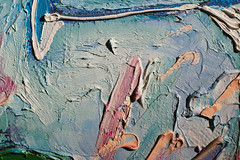

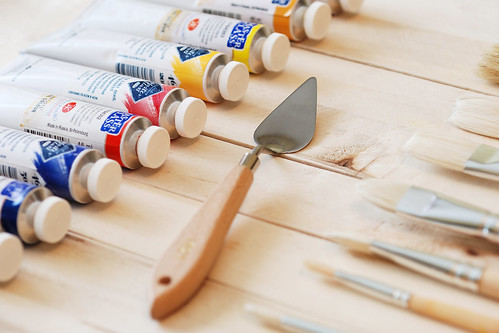



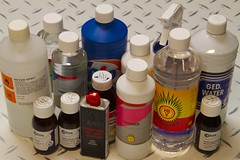






















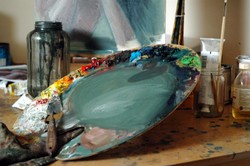

 A Potentially Fatal Accident in the Homeon 11/24/2018
A Potentially Fatal Accident in the Homeon 11/24/2018
 Windsurfing Lessons on Montserrat: One of My Funniest—and Fondest—Travel Memorieson 11/20/2018
Windsurfing Lessons on Montserrat: One of My Funniest—and Fondest—Travel Memorieson 11/20/2018
 Christmas Ornaments Celebrating Rome, Italyon 11/12/2018
Christmas Ornaments Celebrating Rome, Italyon 11/12/2018
 Philadelphia-Themed Christmas Ornamentson 11/09/2018
Philadelphia-Themed Christmas Ornamentson 11/09/2018

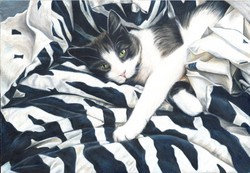

Comments
Great. Now if I just had a little talent.
What a lot of good information for beginner painters on this page. I don't paint, but would love to try my hand at it one day. Obviously there is a lot to learn to get it right.